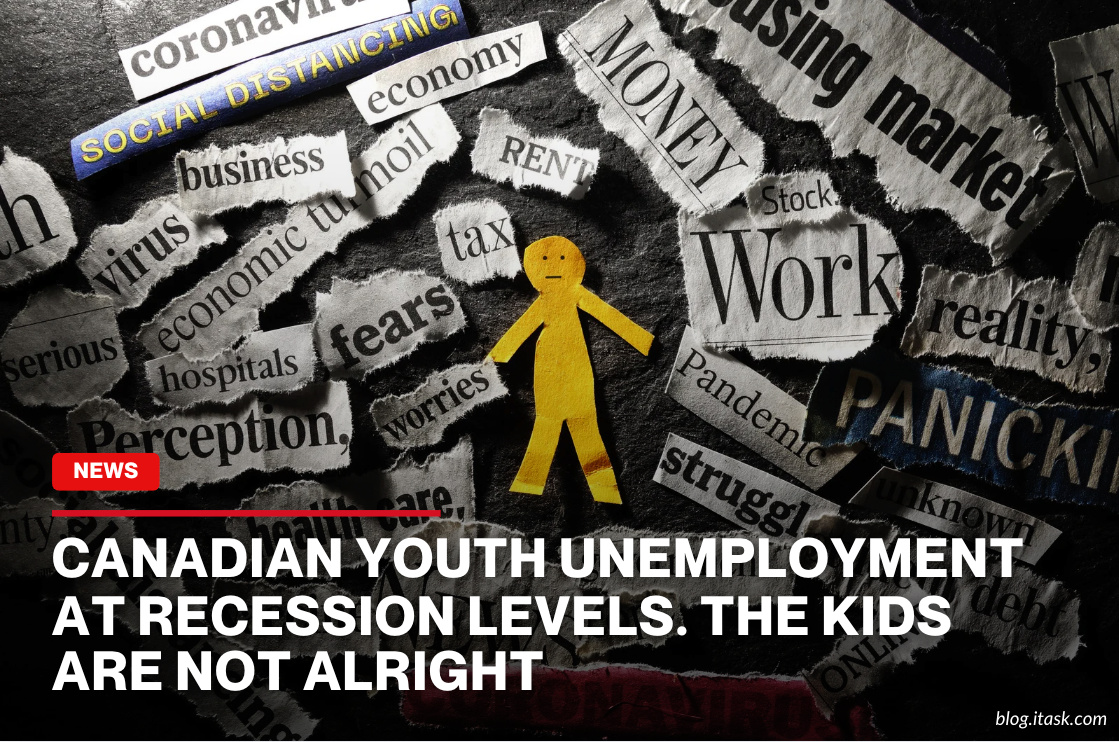Canadian Youth Unemployment at Recession Levels. The Kids Are Not Alright
Canadian Youth Unemployment at Recession Levels. The Kids Are Not Alright

Canada’s oldest bank has a blunt warning for investors and policymakers: “kids are not alright.” Recent data shows that unemployment for young Canadians aged 15 to 24 remains stuck at recession‑level rates, even as broader employment figures improve. This isn’t a case of massive job losses—but rather, an employment gap that’s too narrow to keep up with a fast‑growing youth population.
In May, the youth unemployment rate climbed to 14.2 per cent. Even when the general unemployment rate dipped in June, the youth rate held steady—meaning one in seven young adults were not in school, actively looking for work, but couldn’t find it. A senior economist described what’s happening plainly: “How’s the summer job market? Not so good.” At over 14 per cent, youth joblessness remains firmly in recession territory.
What makes this crisis different is that Canada isn’t losing jobs overall. Youth job growth did occur—but only at a modest 1.1 per cent a year. That’s outpaced by general employment growth, which rose 2.8 per cent. Meanwhile, the number of young people in the labour force surged by nearly 7.8 per cent over two years—pushing the youth unemployment rate up by a full five percentage points. In short, this is more of a population problem than a job‑creation one.
There is some cause for cautious optimism. Although June’s data showed no improvement in the youth unemployment rate, it did indicate progress toward rebalancing the mismatch between population growth and new jobs. Canadian policymakers are dialing back immigration—especially among students and non‑permanent residents—to more sustainable levels. That should help—but this adjustment will take time to translate into meaningful relief for young job seekers.
Ignoring youth unemployment can seem tempting when the general unemployment rate looks safer. But economists now warn this is a big mistake. Young adults’ employment—or lack thereof—ripples across the broader economy. It delays milestones like buying a home or starting a family, affecting household finances and long‑term demographic stability. When youth hit a rough patch, the trouble doesn’t just stay with them—it reverberates through the entire national economy.
The message is clear: Canada’s youth job market isn’t broken because of layoffs, but because the economy hasn’t added enough jobs to match rapid population gains. Returning immigration to more historically normal levels may ease the pressure, but solving this imbalance will not happen overnight. Until then, the “kids are not alright” remains more than just a catchy line—it’s a sign of a widening gap that needs attention now.
